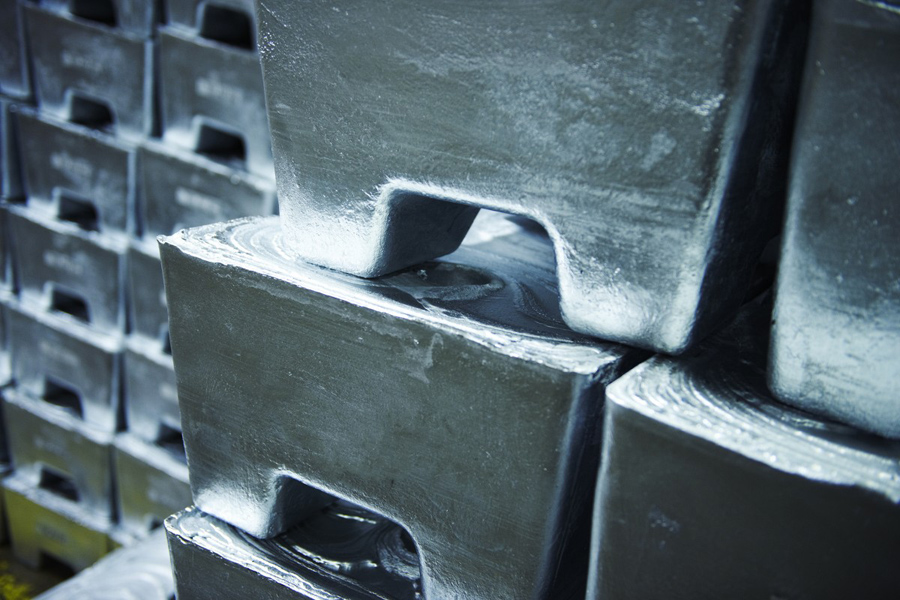
Credit ratings agency Moody’s warned at the beginning of the year that the downturn in raw materials was like no other and that the global mining sector was undergoing structural change.
As a result, Moody’s embarked on a sector-wide review of the 87 global mining majors that it covers and in the process dropped big names like Freeport-McMoRan, Anglo American and Vale into junk territory and axed ratings for heavyweights like Rio Tinto, BHP Billiton and Chile’s state-owned Codelco.
“We expect base-metal prices to be under pressure in 2017, though we do not expect prices to retreat to the lows seen in late 2015 and early 2016”
In August Moody’s issued a new report on the global base metal sector, changing its outlook from negative to stable as the rally in many metals showed some resilience and rewarding companies like Rio Tinto, Teck Resources and Anglo with better outlooks following successful debt reduction strategies.
However, Moody’s believes the latest leg up for base metals (bellwether copper is up more than 25% over the last eight weeks) is not sustainable. Carol Cowan, Moody’s Senior Vice President says most metals markets remain in surplus and “supply-demand fundamentals have not improved meaningfully”:
As a result, we expect base-metal prices to be under pressure in 2017, though we do not expect prices to retreat to the lows seen in late 2015 and early 2016.”
 All base metals, with the exception of zinc, remains oversupplied and global inventories have also remained stubbornly elevated (again zinc is the exception) according to the report.
All base metals, with the exception of zinc, remains oversupplied and global inventories have also remained stubbornly elevated (again zinc is the exception) according to the report.
While increased infrastructure spending should benefit the sector, particularly inside the US, the impact of the presidential election for the base-metal industry remains unclear says Cowan:
Potential reduced trade with Mexico could have an adverse impact. This would likely decrease demand levels from key end markets for steel and bases metals producers including the aerospace, construction and automotive industries.
Further, any trade friction between the US and China could also have a negative impact, as China accounts for approximately 50% of the demand for most base metals.
Moody’s recently adjusted upwards expectations for Chinese GDP to 6.6% and 6.3% in 2016 and 2017 respectively, but warns global growth remains tepid:
China continues to shift towards a consumer-driven economy from one anchored by manufacturing. As such, we do not see a near term catalyst for a material increase in demand, barring significant stimulus by China.
2 Comments
PMFR
Just like the rest of us, these rating agencies don’t have a clue where these prices are going. The only people that have a half decent idea are the policy makers in China.
Pat Wood
Amen.